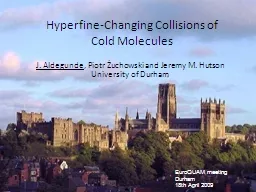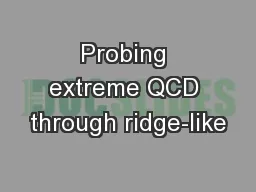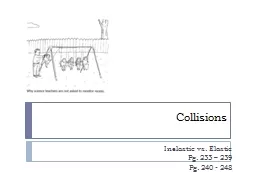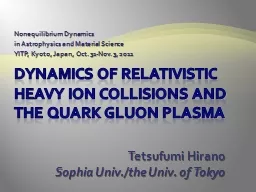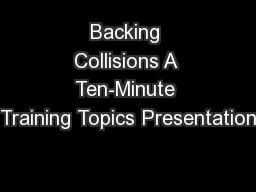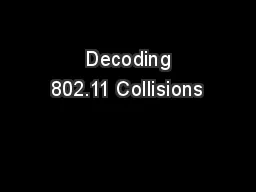PPT-Results for Beacon Collisions
Author : luanne-stotts | Published Date : 2018-09-24
Date 20160316 Slide 1 IITP RAS Authors Mar 2016 Name Affiliation Address Phone Email Evgeny Khorov IITP RAS khorovfrtkru Dmitry Bankov IITP RAS bankoviitpru
Presentation Embed Code
Download Presentation
Download Presentation The PPT/PDF document "Results for Beacon Collisions" is the property of its rightful owner. Permission is granted to download and print the materials on this website for personal, non-commercial use only, and to display it on your personal computer provided you do not modify the materials and that you retain all copyright notices contained in the materials. By downloading content from our website, you accept the terms of this agreement.
Results for Beacon Collisions: Transcript
Download Rules Of Document
"Results for Beacon Collisions"The content belongs to its owner. You may download and print it for personal use, without modification, and keep all copyright notices. By downloading, you agree to these terms.
Related Documents

